COFFERED VS VAULTED CEILING
Did you know that ceilings come in various types, and each plays a vital role in dressing up a space or adding more style? The ceiling style and finish should match the room’s architectural design for a cohesive and harmonious look. While the conventional ceiling is the most commonly used ceiling finish, house designs and styles can make other options attractive alternatives; however, what many homeowners overlook is the fifth wall: the ceiling. It presents a vast and untapped canvas for creative expression within living spaces. A well-designed ceiling can elevate the entire aesthetic of a room by adding depth, character, and a touch of sophistication.
Let’s compare two beautiful ceiling designs – Coffer ceilings and Vault ceilings – and determine which one would be a great addition to your interior home style. We will explore their similarities and differences, the advantages of both, and if a vaulted or coffered ceiling is right for you.
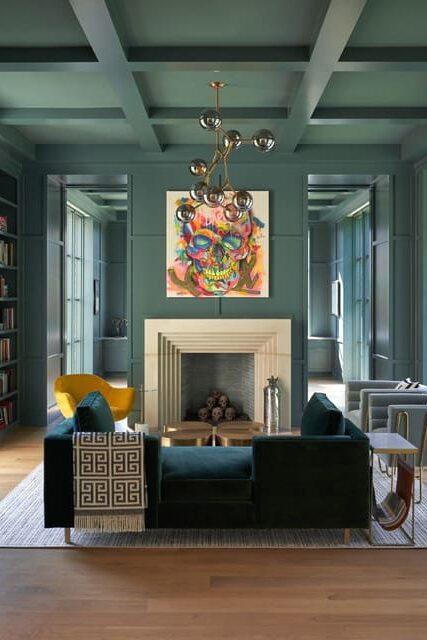
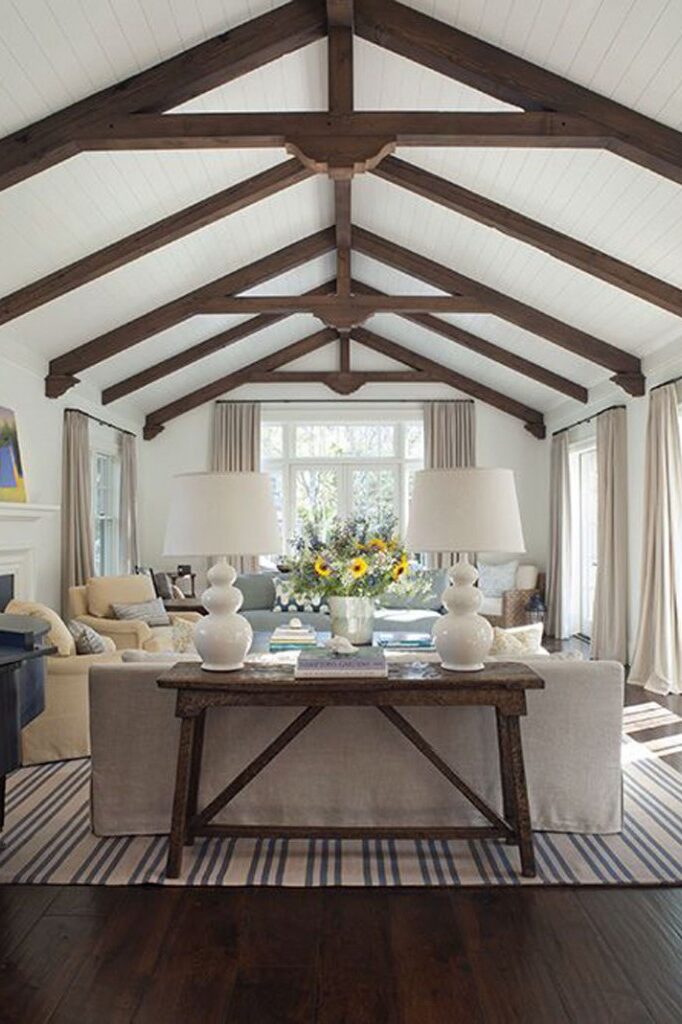
What is a coffered ceiling and how can it enhance your room?
Coffered ceilings are architectural ceilings characterized by a series of sunken panels, often square or rectangular, and framed by beams or mouldings. These recessed panels create a grid-like pattern on the ceiling, adding depth, dimension, and a sense of architectural elegance to a space. The word “coffer” is derived from the Latin word “cophinus,” meaning basket, and the design is reminiscent of a series of sunken, decorative panels.
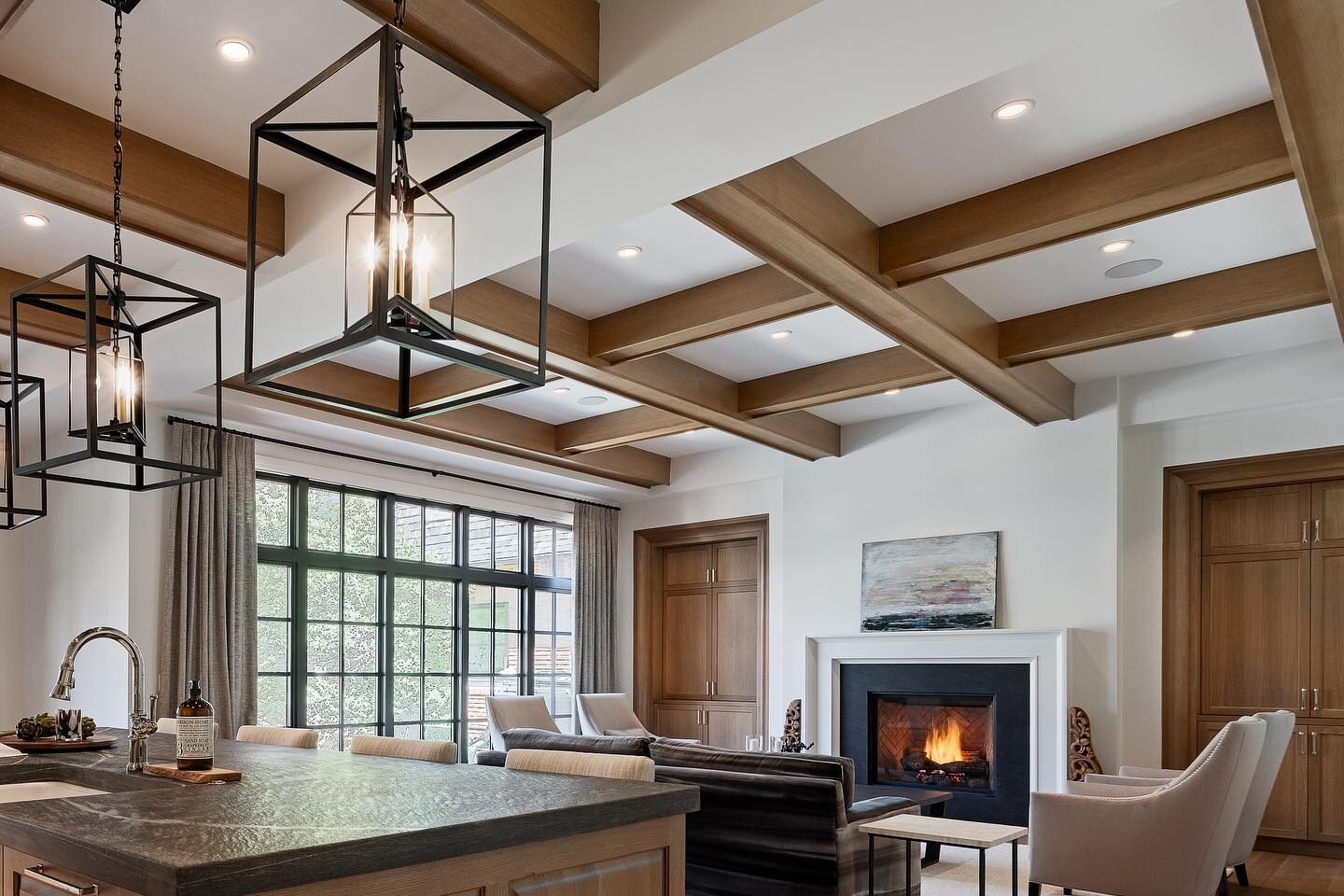
Coffered ceilings provide a versatile range of design possibilities when it comes to style. The choice of finish and its coherence with the overall space is vital to bring harmony to the room. You can choose rough-hewn beams for a rustic feel or ornate plasterwork for a Baroque-inspired room. Another method is utilizing moulding buildups to create an intricate look. Aesthetically, coffered ceilings create a sense of dimensionality and grandeur in a space; however, they are not only meant to enhance the appearance of a room; they also have a practical side. They can reduce noise levels, divide space into separate zones, and conceal the structural elements of a ceiling, such as pipes or beams that cannot be removed.
Throughout history, coffered ceilings have been used in various architectural styles, from classical to Renaissance, and they continue to be popular in contemporary interior design. The intricate detailing of coffered ceilings adds visual interest to a room, making it a focal point and lending a sense of luxury and sophistication. Additionally, coffered ceilings can be customized in terms of panel size, beam placement, and overall layout to suit different design preferences and room sizes.
Did you know that you can transform your coffered ceiling into a statement piece? Adding elegant moulding can bring a touch of luxury to your home. Woodgrain offers a wide variety of beautiful statement pieces that can elevate your living space and add architectural elegance. If you need some inspiration for your next masterpiece within your living space, check out how to elevate your home with moulding.
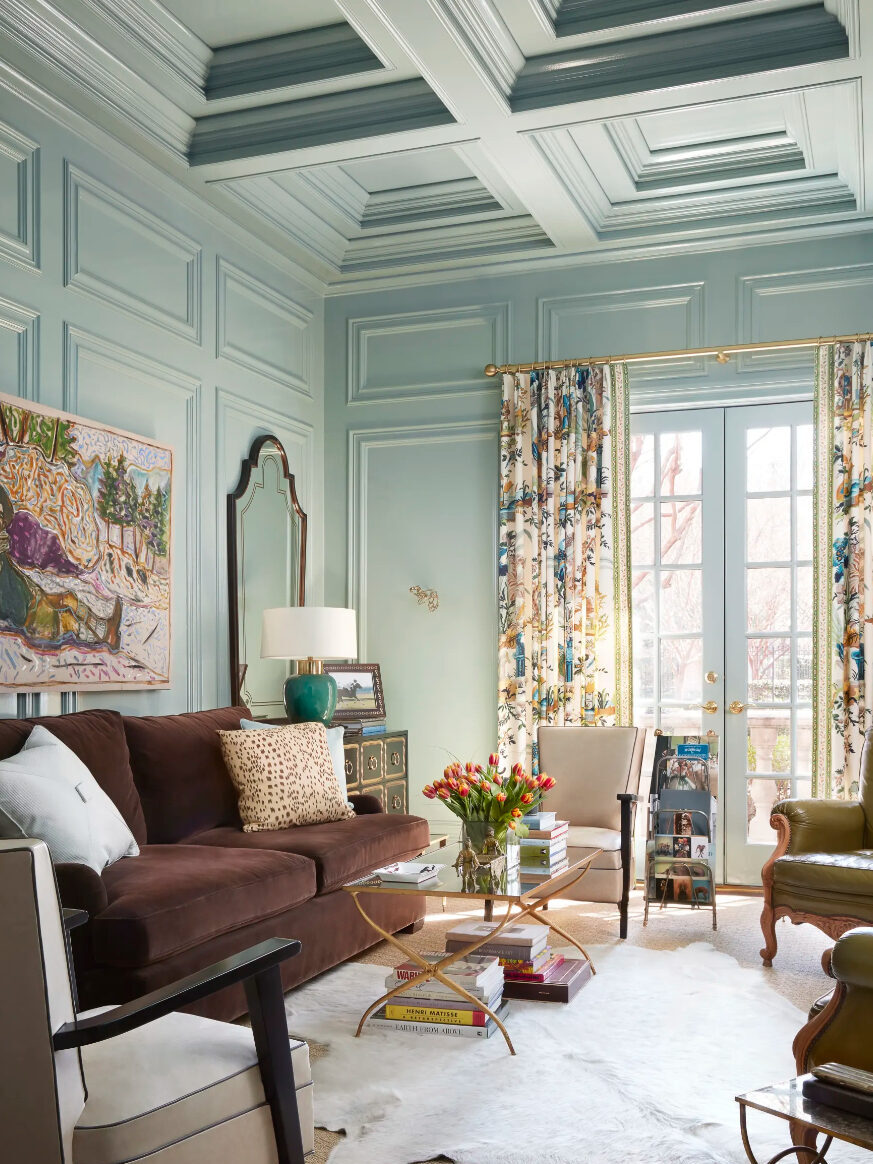
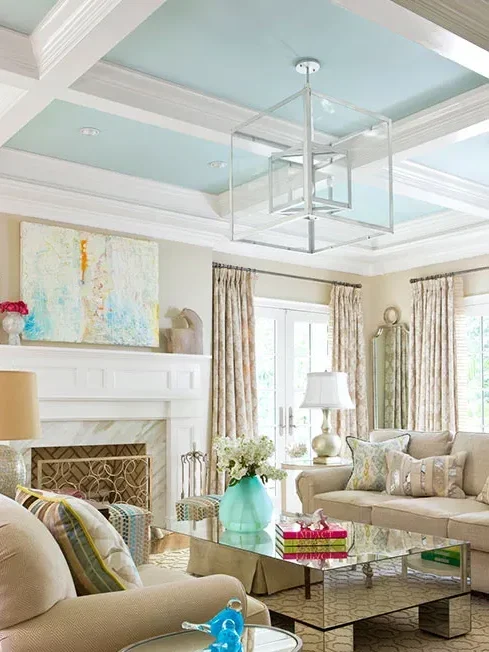
Is a vaulted ceiling right for you, and how can it enhance your space?
A vaulted ceiling is a type of architectural ceiling design characterized by its arched or domed shape. It creates a soaring, curved expanse that adds a sense of openness and grandeur to a room. The design is achieved by raising the ceiling into an arched form, creating a continuous, upward-sloping surface.
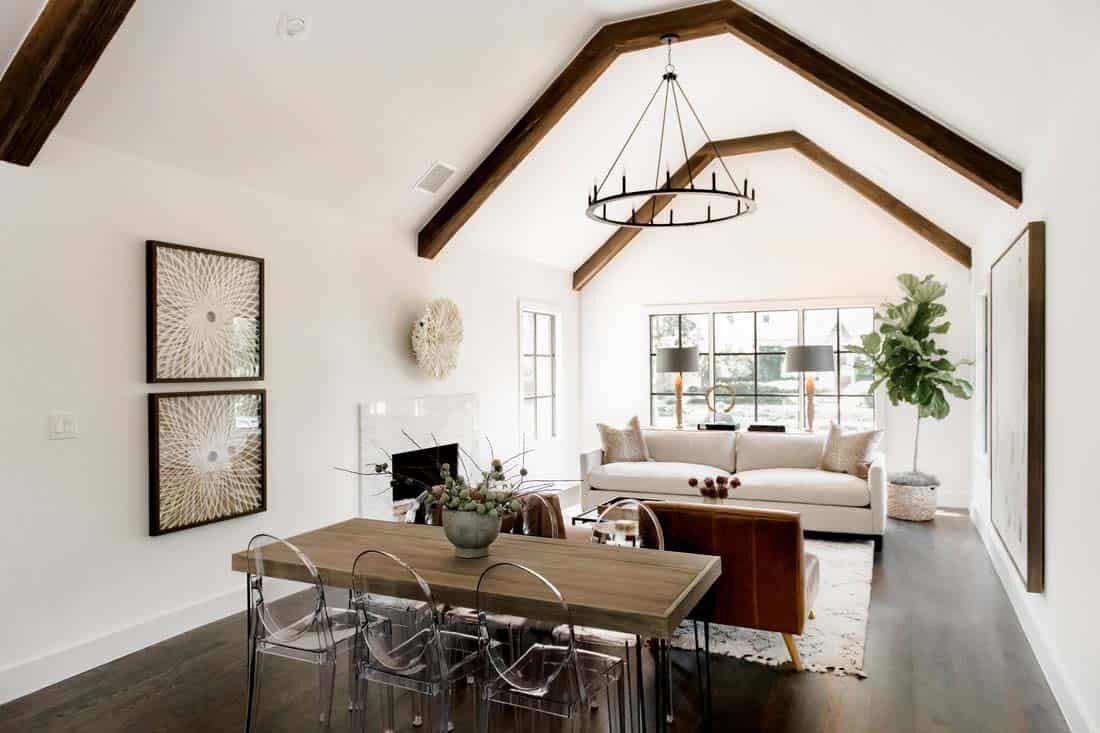
Vaulted ceilings can take various forms, including barrel vaults, groin vaults, or dome ceilings, each offering a distinct aesthetic. Barrel vaults are arched in a simple, continuous curve resembling the inside of a barrel. Groin vaults intersect two barrel vaults at right angles, forming a cross-like pattern. Dome ceilings, as the name suggests, create a rounded, dome-like shape overhead.
These ceilings are often associated with architectural styles such as Gothic, Romanesque, or Renaissance, and they are known for creating a sense of grandiosity and openness in a space. Vaulted ceilings are particularly popular in churches, cathedrals, and historic buildings. They are also used in residential architecture to create visually striking and spacious interior designs.
There are various styles available for designing vaulted ceilings that can complement the existing look of your home, such as modern, rustic, or industrial. The soft, gentle curve of an arched ceiling can be a beautiful addition to a contemporary structure. You can also consider incorporating reclaimed beams or industrial cable supports to further enhance the appeal of your vaulted ceiling. As for where to use them, you have the flexibility to install them anywhere in your home that the structure permits, including bedrooms and bathrooms. However, they are most commonly found in great rooms and open kitchen-living-dining areas.
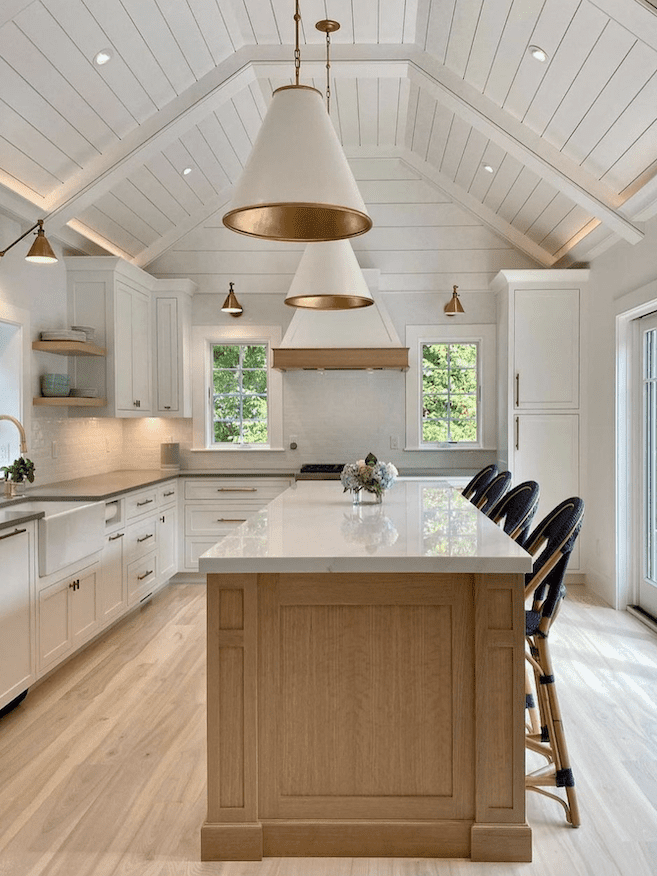
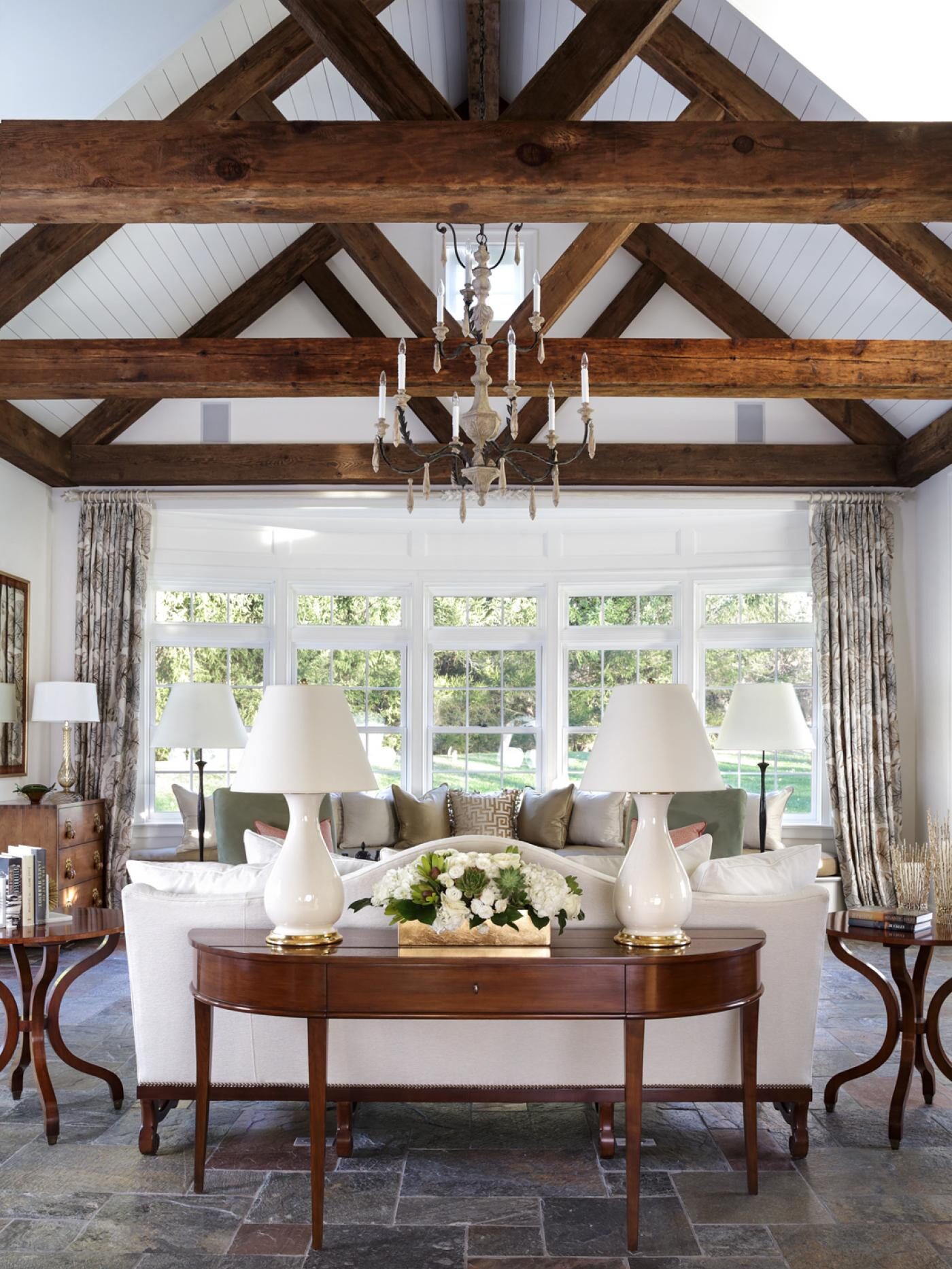
As we wrap up our exploration of coffered versus vaulted ceilings, it’s clear that each style brings its own unique character to a space. Whether you prefer the classic elegance of coffered ceilings or the spacious appeal of vaulted ones, the decision ultimately depends on your personal taste and the atmosphere you want to create in your home. In the world of interior design, choosing between coffered and vaulted ceilings is a delightful journey where the old meets the new. Outside of these two beautiful ceiling types, you can also create an accent ceiling to put a stunning twist on a traditional ceiling type. So, as you imagine your ideal home, we encourage you to consider the architectural details, your individual style, and the ambiance you want to create to design a space that truly reflects your unique personality and lifestyle.
For Inspiration check out our Pinterest Board and make sure to follow us on Instagram and Facebook @WeAreWoodgrain!